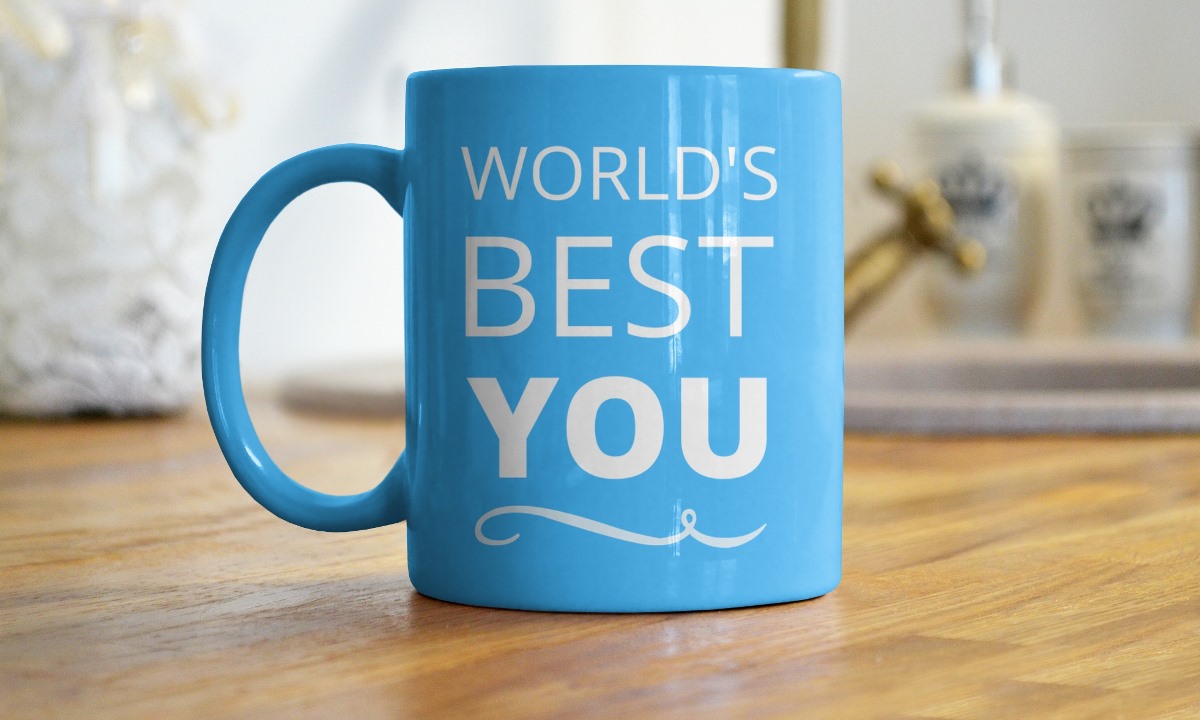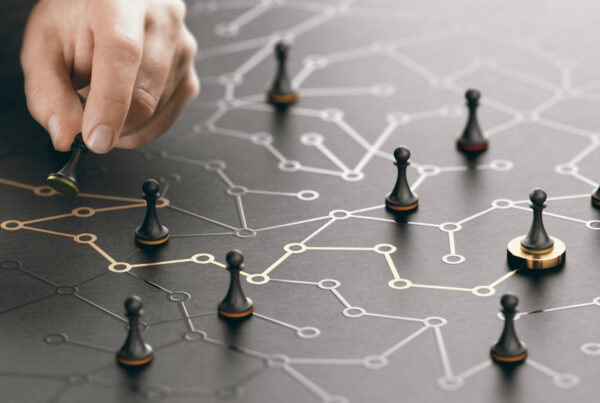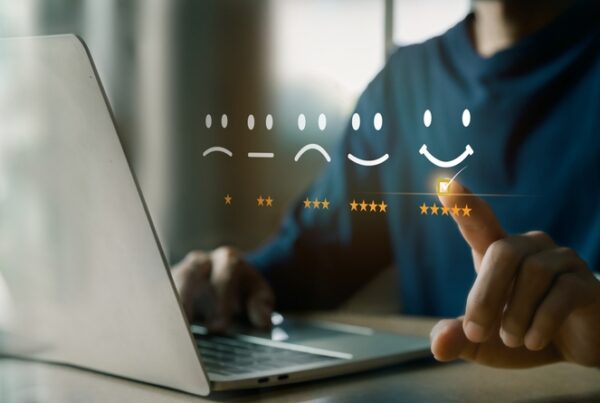“It’s the possibility of having a dream come true that makes life interesting.” – Paulo Coehlo, The Alchemist
If you peruse the recorded history of the world, you will notice that the best things are constantly evolving. The most prolific leaders, creatives, athletes, you name it, are all works in progress. Each day the advancements we experience in business, innovation, science, and technological developments are because of relentless change and improvement. Imagine if the printing press, light bulb, automobile, telephone, television, vaccination, computer, or airplane had stopped after its first or second iteration.
Now turn the focus to yourself with this compelling exercise:
- When you think about yourself in 10 years, do you believe you will be exactly as you are today? Or do you see yourself as markedly different or changed?
Organizational psychologists say that the key to becoming our best selves is in the acceptance of change and envisioning our ideal future self. The path of mindful progress lies in believing ourselves as capable and worthy of achievement and reaching our highest ideals.
The progress of the world is dependent on nature and mankind’s unceasing evolution on a macro level. And on an individual level, the importance continues for each one of us on our lifelong paths to becoming our best and most fully realized selves. If we’re going to embrace a reality, which one will we choose? One that empowers us to go with the flow and embrace change and growth or a reality that is locked in an inflexible mindset container?
The topic of our future selves is broached in the Harvard Business Review, which examines how we perceive our present self and the accompanying perspective of feeling that our current “finished” version remains basically unchanged in the future. In a comprehensive study, the University of Edinburgh researchers conclusively found across a group of participants, over the course of 60 years, that the personality voluntarily and involuntarily continues to change throughout life. These changes are typically gradual but lead to a substantial difference between childhood and older age personalities.
Change is inevitable; however, HBR poses three strategies to becoming your best, desired future self:
- Distinguish your former, current, and future selves. Self-labeling generates an extreme sense of current identity with no wiggle room for change and growth. However, mindful attention towards one’s inherent variability and lack of stasis reveals that we are not the same person we were in the past. There is an opportunity to distinguish between the different stages and recognize how much you have grown and changed from your past self.
- Imagine your desired future self. “If you don’t take time to imagine who you want to be, then you’ll reactively become whatever life drives you towards,” writes Dr. Benjamin Hardy. Shaping your future self takes conscientious practice, stemming from the field of positive psychology and “prospection” — meaning thinking more about the future than the past. A future self is directed by a clear, optimistic view of the future, and is propelled by deciding rather than discovering who you want to be.
- Change your identity narrative. The identity narrative is the story you tell yourself about your past, present, and future. A personality is influenced by patterns and behaviors and is the by-product of your identity. Therefore, focusing on the past and present can make a personality feel fixed. On the other hand, courageously envisioning and creating a plan for your future self opens the door for who you want to become.
The key takeaway here is that envisioning the future, sharing your vision with others, and acting with clarity and optimism can be daunting and take quite a bit of courage. Don’t let the risk of failure hold you back. The world will benefit from your evolution and best self. Link to Original Article








